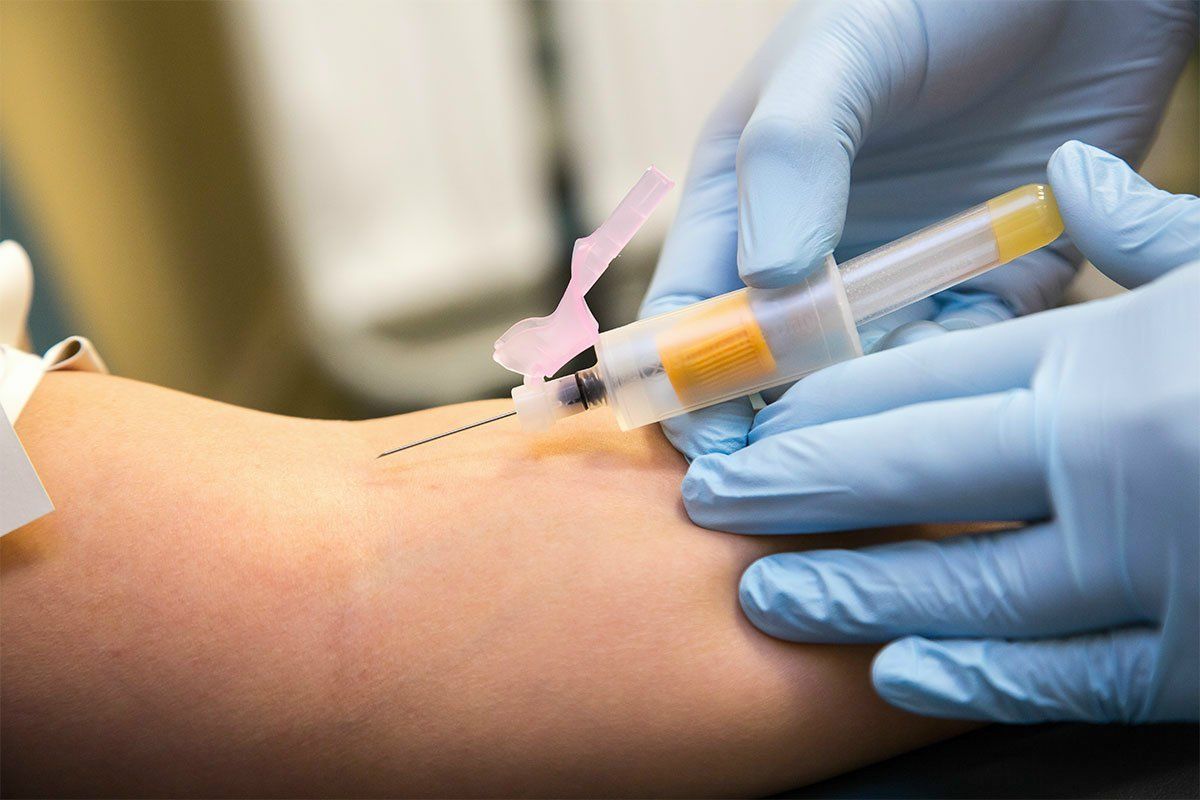Heard about the ketogenic diet and wished to try it out but don’t know how to arranged your keto macros? You can find two kinds of diets (1) ketogenic and (2) non-ketogenic – diets that put you into ketosis and cause you to keto-adapted VS those that don’t. Play the unhappy trumpet sound. It really is that binary – you’re either in ketosis and losing fat as most of your gasoline source or you’re mainly burning blood sugar. There are of course different degrees of keto-adaptation however the idea remains – ketosis is a unique metabolic condition that’s unachievable with the standard way of eating.
This depletes your liver organ glycogen and allows the liver organ to start pumping out those ketones. That’s the main point and what allows you to create ketosis quicker. The key thing for entering ketosis is to deplete your liver organ glycogen and keep insulin low. Carbohydrates at 5-10%, this means 20-30 grams NET usually. This doesn’t include the fiber because the carbs in fiber don’t affect your blood sugar levels. In general, the low your carb intake the faster your liver can start producing ketones. Protein at 15-25%, depending about how heavy you are and what type of physical activities you choose to do.
Protein can also raise insulin though it has less of an impact on keto-adaptation than carbs. Fat at 70-80%, comprising the remainder of your daily calorie consumption. The quantity of body fat you truly consume varies in the middle of your goals and health issues. These are the basic keto macros used mostly by people with diabetes, epilepsy, metabolic syndrome or by someone who wants to maintain deep therapeutic ketosis consistently. What your ideal ketogenic macros are going to look like depend on many things, such as your genetics, how you metabolize particular foods, which kind of training you choose to do, how much muscle mass you have and what your targets are.
If you’re just starting the ketogenic diet and need to get into ketosis faster, then your carb intake should be only possible. You should eat only green leafy vegetables and cruciferous as to get enough fiber. Later as you become more keto-adapted you can tolerate somewhat more carbohydrates without having to feel the same process of adaptation again.
- 1 Cup Fresh Blueberries 100 Calories
- Jazzercise Inc
- Populations have plenty of genetic variation for every physical trait they possess
- Difficulty achieving pregnancy because of hormone imbalances
- Express Determination
You can’t be eating grains, grain or potatoes and expect to stay in ketosis but you’ll probably be in a position to eat some other healthy low carbohydrate tubers like beetroot and carrots. If you’re doing primarily resistance training and wanting to build more muscle on keto, then you should consume slightly more proteins.
To recover those torn down muscle materials, you need extra proteins for building new tissue. On heavier workout days, you can increase your protein intake up to 30%, which would fall around 0 still.8-1.0 grams per pound of lean body mass. Consuming less won’t make you lose muscle either but it’s heading to have a beneficial effect if you ate a little more. If you wish to lose fat with the ketogenic diet, then you need to adjust your fat intake.
You can’t be prepared to eat an unlimited amount of excess fat and still lose weight. Weight reduction continues to be a casino game of thermodynamics and fat is just calories from fat. What’s even crazier about it is that the body fat is calories. There’s not much difference between your fat you get from dietary sources or the fat you store in your adipose tissue.

